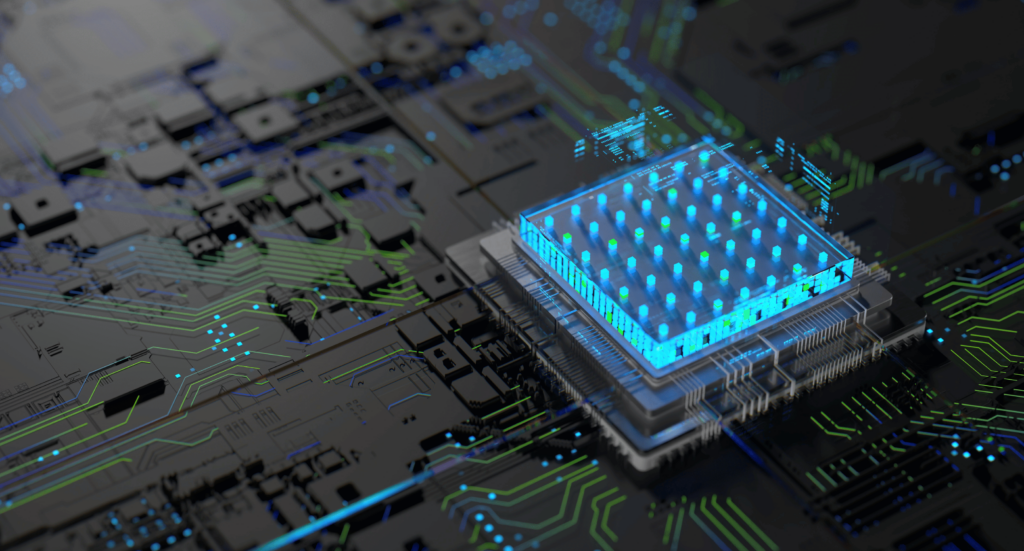Artificial Intelligence (AI) has come a long way since its birth in the 1950s. One of its growth engines has been Machine Learning (ML). AI has seen big changes, and its models are becoming more human-like in their abilities. One such model that has made waves recently is OpenAI’s ChatGPT, which is all about natural language. Let’s dive into what’s behind ChatGPT and its basic ideas.
How ChatGPT Works
ChatGPT is an AI language model that uses Deep Learning to produce text in a natural way. It’s a product of OpenAI, a U.S. company co-started by Elon Musk and Sam Altman. ChatGPT is based on the Transformer architecture, a type of neural network that’s great for many language tasks. It’s trained on lots of text data to make its language sound natural and fit the context.
AI Technologies in ChatGPT
ChatGPT uses top tech like Natural Language Processing (NLP), Machine Learning, and Deep Learning. These help the model learn and produce text data.
NLP is all about computers talking to people in a natural way. It’s key for ChatGPT because it helps the model understand and make sense in natural language.
Machine Learning helps computers learn from data and make guesses based on it. For ChatGPT, it’s used to guess the next word in a sentence.
Deep Learning is a part of Machine Learning. It trains neural networks on lots of data. For ChatGPT, it trains the Transformer model, which is great for many language tasks.
ChatGPT’s Design
ChatGPT uses the Transformer neural network. This was first talked about in a paper called “Attention is All You Need”. Transformers are good for handling data sequences like text. ChatGPT has many layers, each doing a special job. The first layer turns text into numbers. The next layer turns each word or part of a word into a high-dimension vector that captures its meaning. Then, there are many Transformer blocks that handle these vectors.
Training ChatGPT
Training ChatGPT is a big job with many steps. First, it’s trained on lots of text data to learn language patterns. Then, it’s fine-tuned for a special task, like answering a question. The right prompts are key for fine-tuning. A prompt is the text given to the model to get a result. After training, ChatGPT can be used in many ways. It gives high-quality results, making it a top tool for language tasks.

Other Models by OpenAI
OpenAI has made other language models like DaVinci, Ada, Curie, and Babbage. They’re like ChatGPT but have different sizes and skills. DaVinci is the biggest and can write texts, answer questions, and translate. Ada is smaller and is best for answering questions. Curie is made for tasks that need structured results, like coding or summarizing. Babbage is a small version of ChatGPT, best for places with limited resources.
Conclusion
In short, ChatGPT is a game-changing language model by OpenAI. It uses the Transformer design to handle lots of input at once and uses billions of parameters to produce text based on patterns in lots of data. OpenAI has other models too, each with its strengths and weaknesses. At Pentalog, we help companies use top tech like AI to boost their work and growth. We’re testing these tools in our Tech Department and are happy with the results so far. We can help companies pick the right tool for their needs to harness the power of AI and get a competitive edge. Whether you want to produce high-quality content, answer questions, or make structured data sets or other things, Pentalog can help.




